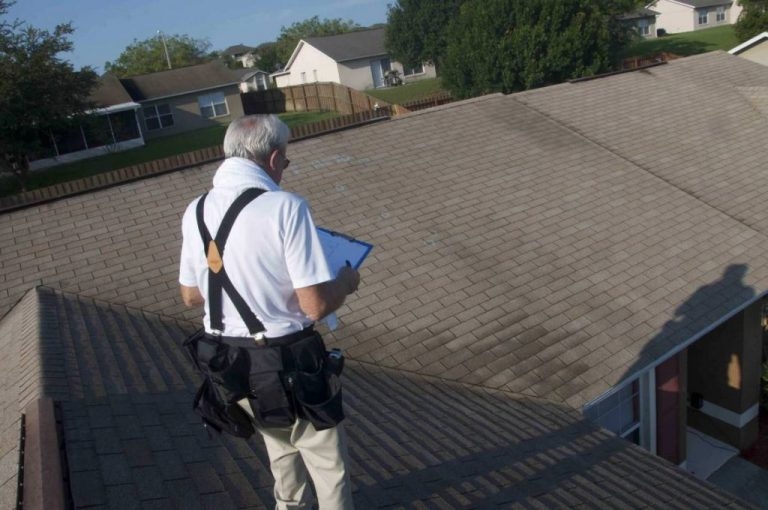What Does a Roof Inspector Do:
A roof inspector is responsible for thoroughly examining the condition of a building's roof to assess its structural integrity, identify existing issues, and predict potential problems. They closely inspect the roofing materials, drainage systems, flashing, and overall construction. Roof inspectors play a critical role in ensuring the safety and longevity of a structure, as their evaluations inform homeowners, contractors, and insurance companies about the current state of the roof.
What Qualifications are Needed to Become a Roof Inspector?:
To become a roof inspector, one typically needs a combination of education and hands-on experience. While the specific requirements may vary by location, a strong foundation in construction, engineering, or a related field is often essential. Certification through organizations such as the International Association of Certified Home Inspectors (InterNACHI) or the Roofing Technology Institute (RTI) can be advantageous. Roof inspectors should have a keen eye for detail, a good understanding of building codes and regulations, and strong communication skills to effectively convey their findings to clients.
What to Expect During a Roof Inspection:
During a roof inspection, property owners can anticipate a comprehensive evaluation of their roof's condition. The inspector will typically begin with a visual examination of the exterior, checking for visible damage, such as missing or damaged shingles, signs of leaks, or wear and tear. They may also inspect the interior of the building for signs of water damage. A roof inspector might employ tools like moisture meters, thermal imaging, and drones for more in-depth analysis. After the inspection, clients can expect a detailed report that outlines the findings and recommendations for repairs or maintenance.
What Are the Common Roof Issues Detected by Inspectors?:
Roof inspectors frequently encounter a range of common issues in their evaluations. These include leaks or water intrusion, damaged or missing shingles, improper flashing, issues with the chimney or vents, and poor drainage systems. Moreover, inspectors may identify problems related to the roof's structural integrity, such as sagging or signs of rot. By detecting and addressing these common issues, roof inspectors play a crucial role in preventing more extensive damage and safeguarding the longevity of the roof and the building it protects.
What Are the Key Elements of a Comprehensive Roof Inspection Checklist?
A comprehensive roof inspection checklist is essential for ensuring that every aspect of a roof is thoroughly examined. The key elements of such a checklist typically include:
Exterior Inspection:
Visual assessment of the roof's overall condition.
Examination of the roofing material (shingles, tiles, etc.) for wear, damage, or missing pieces.Inspection of flashings, vents, skylights, and chimneys for signs of deterioration.
Interior Inspection:
Examination of the attic or ceiling for signs of water damage, leaks, or mold.Identification of proper ventilation and insulation.
Structural Assessment:
Inspection of the roof's structure for sagging, signs of rot, or damage to the support beams.Assessment of the gutters, downspouts, and eaves for proper drainage.
Flashing Inspection:
Examination of roof flashings to ensure they are properly sealed and in good condition.Checking that flashings around roof penetrations (vents, chimneys) are secure.


